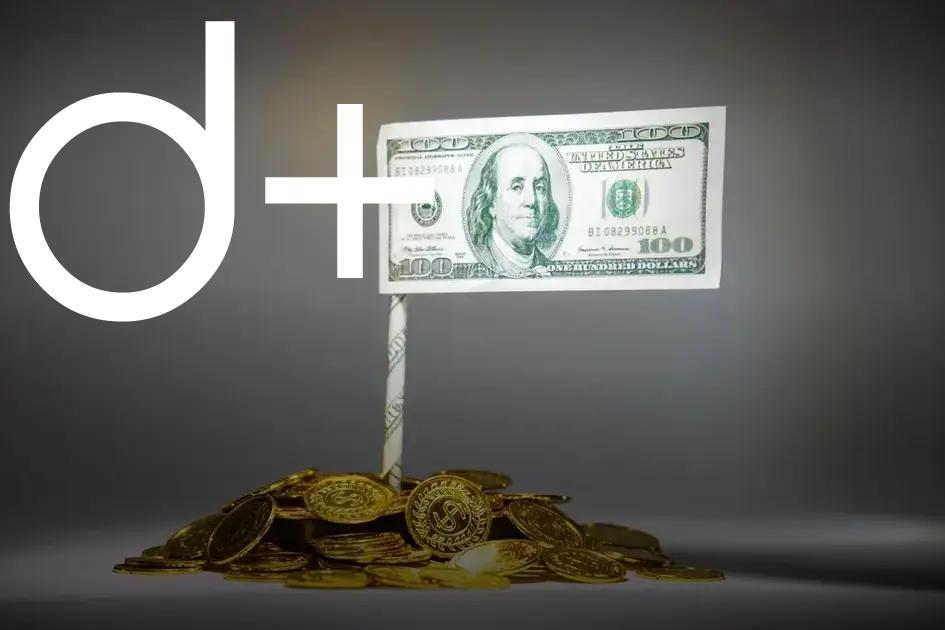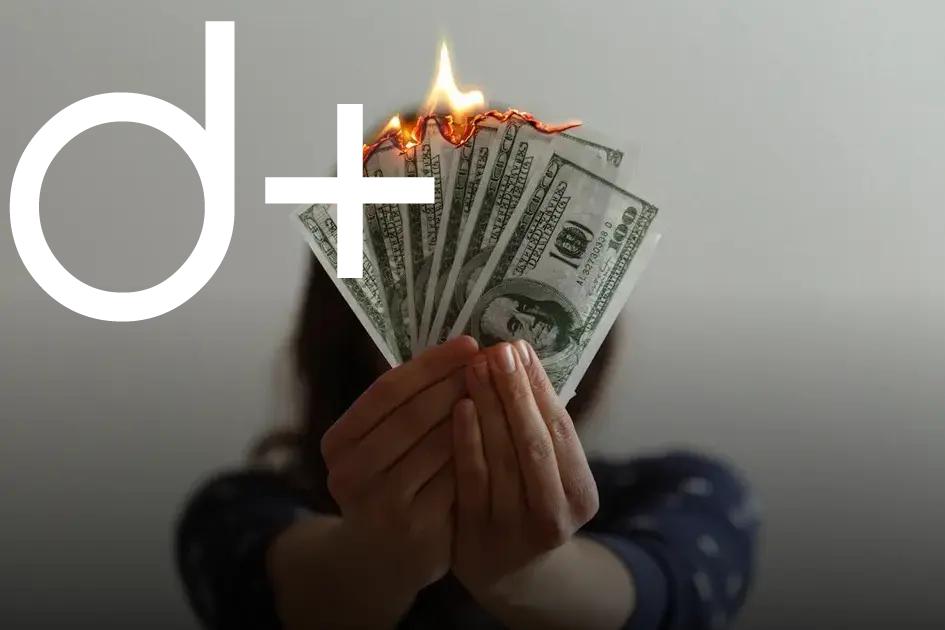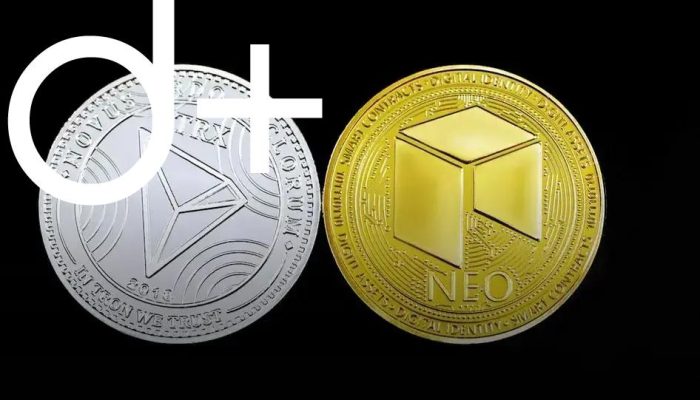The upcoming Bitcoin halving in 2024 is a pivotal event that could prompt significant shifts in the cryptocurrency market. Understanding how halvings historically affect Bitcoin prices is crucial for anticipating market trends. Previous halving events have resulted in increased demand and price rallies, leading many to predict a potential bull run. However, it’s essential to evaluate market conditions and potential challenges alongside opportunities presented by this halving.
Understanding the Bitcoin Halving Mechanism
The Bitcoin halving mechanism is an essential process in the Bitcoin network, set to occur approximately every four years, or after 210,000 blocks have been mined. This mechanism reduces the reward for miners by 50%, curbing the rate at which new Bitcoin is introduced into circulation and thereby increasing scarcity. Understanding this mechanism is crucial for grasping why it could be a catalyst for a bull run in 2024.
The 2024 halving event is anticipated to reduce the block reward from 6.25 Bitcoin to 3.125 Bitcoin. Supply and demand economics play a significant role here. As Bitcoin’s emission decreases, many believe the limited supply in the face of constant or growing demand could potentially push prices upward.
Furthermore, miner behavior also plays a pivotal role during halvings. As rewards reduce, miners may need higher Bitcoin prices to sustain profitable operations. This can lead to shifts in mining strategies, contributing to market dynamics.
A significant aspect of the halving process is its predictability and programmatic design, which provides a clear timeline that market participants can monitor. With each halving, the deflationary nature of Bitcoin is reinforced, often strengthening its appeal as a store of value comparable to precious metals like gold.
Historical Impact of Past Halvings

The past halvings of Bitcoin have had profound effects on the market. These events occur roughly every four years, reducing the reward miners receive for adding new blocks to the blockchain. As a result, the supply of new bitcoins entering circulation decreases, often impacting market dynamics.
After each halving, there has historically been a notable increase in Bitcoin’s price. After the 2012 halving, Bitcoin saw a significant rise from $12 to over $1,000 a year later. Similarly, after the 2016 halving, prices climbed from around $650 to nearly $20,000 by the end of 2017. These patterns highlight the potential for price surges as halving reduces the flow of new coins.
Investor behavior also shifts in anticipation of these halvings. As supply constraints increase, the perceived value of Bitcoin often rises, prompting stronger buying interest. This can be attributed to a fundamental law of economics: decreased supply with constant or increasing demand usually leads to higher prices.
Moreover, halvings have historically heightened Bitcoin’s visibility in media and discussions, drawing new investors and increasing market participation. As the 2024 halving approaches, understanding the consequences of past halvings can provide insights into possible future trends and investor behavior.
Market Sentiments Leading to 2024
As 2024 approaches, the market sentiment surrounding Bitcoin and its impending halving is a focal point for investors and analysts. The period leading up to the halving is often characterized by heightened speculation as traders attempt to gauge the potential impacts on price movements. Historically, halvings have led to significant price increases due to the reduction in new supply.
In anticipation of the 2024 halving, several factors drive market expectations. Investors anticipate that the halving will create a supply shock, leading to increased scarcity and potential upward pressure on Bitcoin’s price. As miners receive fewer rewards, the strategies they employ might affect market dynamics. If miners decide to hold onto their rewards, it could further strain available supply, potentially driving up demand among buyers looking to capitalize on future price increases.
Sentiment analysis indicates a generally bullish outlook, with many traders echoing predictions of past bull runs. This optimism is often fueled by the belief that Bitcoin’s established infrastructure and growing mainstream acceptance could hasten a new era of adoption and use, positioning Bitcoin not only as a store of value but also as a fundamental component of the financial system. Additionally, institutional interest has been steadily rising, which may further validate Bitcoin’s position within traditional finance sectors.
However, these sentiments are not without their complexities. Skeptics point to regulatory hurdles and environmental concerns which may temper bullish expectations. Despite these challenges, the overarching narrative remains positive among market participants who are keenly observing the unfolding circumstances as 2024 draws nearer.
Potential Challenges and Opportunities

The Bitcoin halving event is significant and brings a mix of challenges and opportunities for investors and the cryptocurrency ecosystem. The challenges often begin with market volatility. As traders anticipate the halving, fluctuations in Bitcoin’s price are common, leading to unpredictability.
Another challenge is the potential for network congestion. During halving events, transaction volume may spike, causing slower transaction times and higher fees.
On the opportunity side, halvings historically increase Bitcoin’s scarcity, potentially leading to price increases. As supply decreases, demand could outpace supply, driving up value. This scarcity is one of Bitcoin’s core features, setting it apart from fiat currencies.
The halving can also accelerate institutional interest. Major financial institutions, seeking to hedge against inflation or diversify, might see Bitcoin as an attractive option due to its limited supply feature post-halving.
Moreover, the event encourages innovation. Developers are motivated to improve blockchain technology, addressing scalability and efficiency issues. These advancements can fortify Bitcoin’s position in the financial world, enhancing both security and usability for users globally.
Regulatory scrutiny is another aspect to consider. With increasing interest in Bitcoin, more regulatory bodies are examining its impact on economies. Stricter regulations could deter some investors, but clear regulatory frameworks can provide stability and confidence in the market.







![BANNER 1 - HOME [QUADRADO]](https://dailyfindinvestment.com/wp-content/uploads/2025/01/BANNER-300-X-300.gif)
